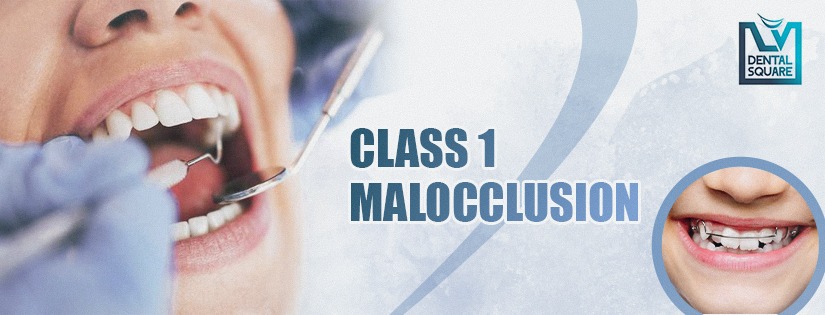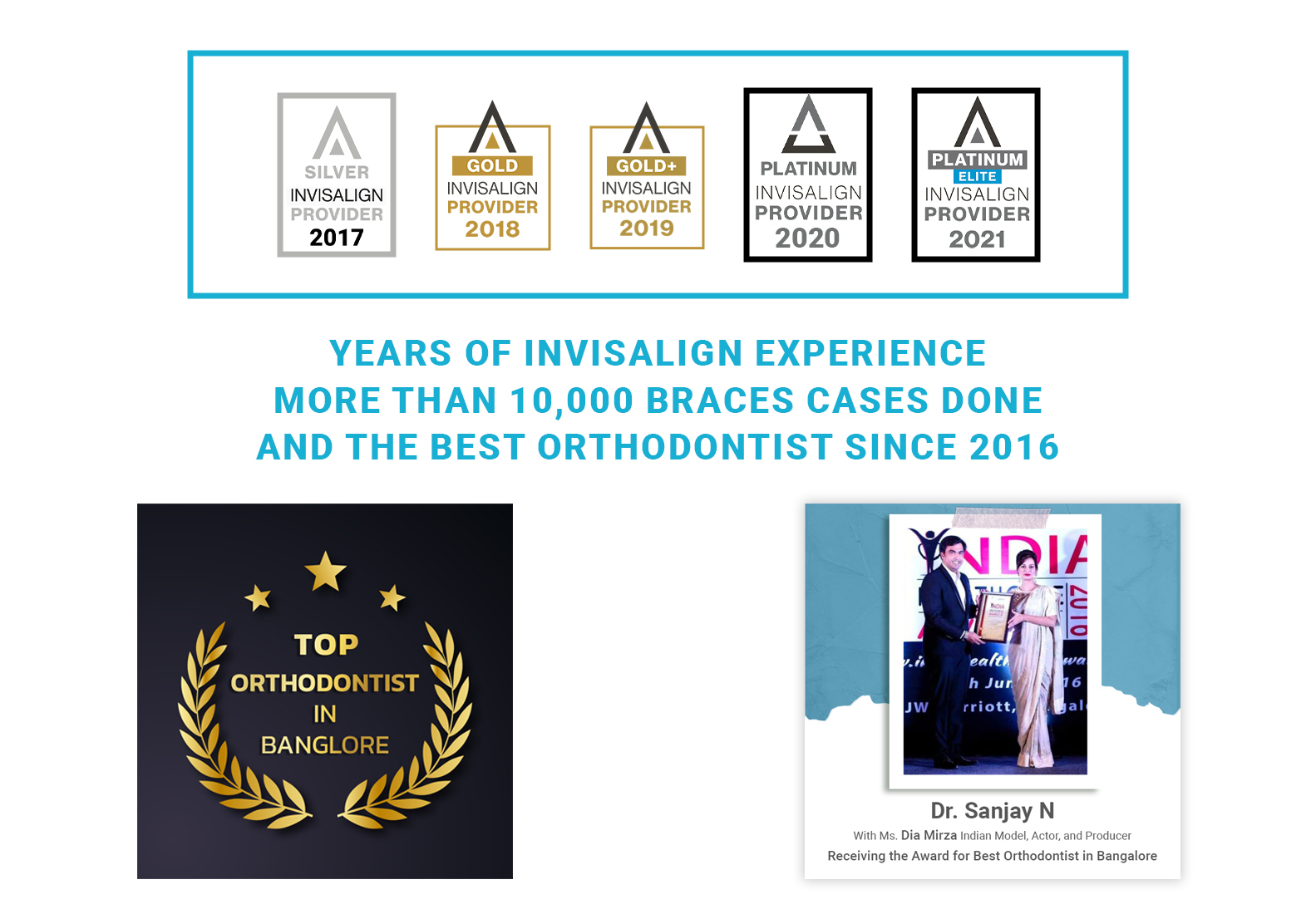
Dental malocclusions are a frequent issue that maxillofacial surgeons treat. Dental malocclusions come in three categories: class 1, class 2, and class 3.
What is a class 1 malocclusion
The most typical kind of malocclusion is dental class 1 malocclusion. Between the ages of 6 and 17, 50 to 55 percent of children have a Class 1 malocclusion.
Depending on where the upper and lower molars are positioned, dental malocclusions are categorized. In a class 1 malocclusion, the molar position, or bite, is normal but some of the other teeth are in some way out of place. These abnormalities may consist of:
-
Teeth that are overlapping or crowded
-
Broken teeth
- Discrepancies in the teeth
-
Asymmetry
-
Open mouth
The Dewey-Anderson classification can be used to further categorize class 1 malocclusions. More details on the numerous issues related to class 1 malocclusions are provided by this classification technique.
- Class I Type 1: Crowded canines and upper or lower incisors as well as anterior teeth that are overlapping
- Class I Type 2: projecting maxillary incisors with voids between the teeth, vertical issue
- Class I Type 3: anterior cross-bite
- Class I Type 4: posterior cross-bite
- Class I Type 5: Lack of room for teeth posterior to the canines, premolars, or second and third molars
Treatment for class 1 malocclusion
It’s crucial to seek treatment right away and have the issue fixed if you have a class 1 malocclusion in order to prevent any potential complications.
The majority of class 1 malocclusions can be fixed with conventional orthodontic procedures like metal or transparent ceramic braces. Premolar tooth extractions may be necessary occasionally.

Dr. Sanjay N is one among the few best Orthodontists in Bangalore who specialises in Invisalign (invisible braces), Damon Braces, and Ceramic braces, and Lingual Braces. He is a keen academician and servers as an Associate Professor at Rajiv Gandhi Dental College & Hospital, Hebbal has been training Post Graduate dental Aspirants in orthodontics since past decade and has has 4 International and 10 National Publications to his credit. Dr. Sanjay has been awarded as the “Best Orthodontist in Bangalore” at the Healthcare Awards in 2016.

